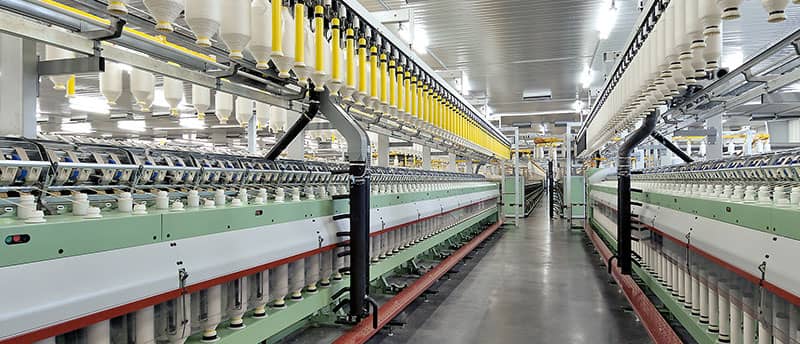This post was contributed to ConsumerSafety.org by former Consumer Product Safety Commission Inspector Doug Pinheiro.
Are Product Recalls Preventable?

The answer to this question is both yes and no. It all depends on the product, the amount of risk a company is willing to take, and other pertinent variables - including such things as:
- Compliance with mandatory or voluntary federal safety standards
- The manufacturing process
- Product mechanical failures
- Design failures
- Emerging technologies
The Consumer Product Safety Commission (CPSC) has recall authority over more than 15,000 consumer products. A recall can be initiated for noncompliance with existing federal safety regulations or to remove a product from commerce that poses a substantial safety hazard to the public.
Know Your Product
This is crucial for the product's responsible party, whether it be the manufacturer, distributor, importer or retailer. Companies need to know if there are any mandatory or voluntary safety standards that the product needs to comply with all along the supply chain. This may include product testing, which has to be documented via a certification.
In short, to decrease the probability of a recall, the product should be 100% compliant with current applicable regulations and standards.
For Example:
Let's say I'm the owner of company ABC, a clothing store, and I want to retail children's clothing for 6 to 12 year olds. I would have to know:
- What class of fabric do I have to use? (There are 3 classes of fabric under the Flammable Fabrics Act.)
- What is the allowable lead and phthalate content that may be in the buttons, snaps, and zippers?
- Do tracking labels have to be affixed, and what information do they need to contain?
- Does the product have to be tested - and if so, by whom
- What type of certification is required?
That's a lot of information, but for any business that wants to prevent a recall, all of these questions must be asked. Given the amount of information and regulations on this topic (all available at the CPSC website), this is a very ambitious project to undertake when developing a new product - especially for new and small businesses.
Product Testing Assistance
The good news is that there is help available. The CPSC has accredited a number of testing laboratories that can help companies make sure their products comply with all of the pertinent regulations.
These testing labs are an extremely valuable resource for information and compliance. I know from past experience that some of these labs provide full service compliance programs. Among the ones I am familiar with are Bureau Veritas, SGS, and UL.
Recall Reasons
The reasons for recalls are many, and they frequently are not predictable. Some common reasons include:
- Manufacturing error
- Component failure
- New or unproven design
- New or emerging technology
- New product model with no safety history
- Noncompliance with mandatory standards
- There are many other possible reasons that a recall could be initiated.
New technologies are emerging at breakneck speed, and new products are appearing almost overnight - lasers, hoverboards, drones, rechargeable lithium-ion batteries (such as those in the Samsung Galaxy Note 7), and more.
Take batteries for example: They have gone from nickel-cadmium (NiCd) to Nickel-metal hydride (NiMH) to lithium-ion in a short time. Battery technology is still in progress as the industry tries to pack as much power into as small a place as safely possible. It's hard for the safety hawks to keep up with the technology, and that has led to a lot of rechargeable battery recalls.
Early 2017 Recalls
Here are all of the recalls conducted by CPSC in January 2017 and the general reasons:
- 5 for mechanical failures on recreational vehicles and snowmobiles
- 4 for chairs breaking
- 3 for furniture chest tip-overs
- 2 for fuel tank leaks on gasoline engines
- 2 for rechargeable lithium-ion battery failures
- 2 for toy standard violations
- 1 for a mislabeled safety rope, 1 for a glass that broke for no reason and the last for faulty product wiring of a self-lit Christmas tree
In my opinion, the two recalls involving toys were 100% preventable as they violated mandatory standards. The three chest tip-over hazards may have been preventable if they were compliant with a voluntary safety standard. However, the remaining 16 were probably not preventable.
This goes to show that even with good planning, compliance, and testing, it is still possible to create products that can be recalled for one reason or another.
See a Breakdown of the Recall Process Step by Step Learn MoreRecall Benefits
A recall is CPSC's most important tool to quickly remove potentially unsafe products from commerce, the retail market and hopefully from affected consumers. It also lets manufacturers, distributors, importers, and retailers know that the public will not tolerate unsafe products.
Recalls can be costly and can have possible negative consequences for a recalling firm in the short term, but may result in changes that would prevent future recalls. In the best of all worlds, products should be produced using the best business, manufacturing, and quality control practices available, to make them as safe as possible for public use. The CPSC's fast track recall program allows companies to report a potential product problem resulting in a fast resolution.
Ultimately, though, the answer the question of whether product recalls are preventable: Some are, but many are not.
